i.
For me, the first blow to my expectations comes almost immediately, barely a few hours after we have arrived in Pondicherry. In my mind, Pondicherry’s food scene was replete with establishments serving French (a lot of it authentic, perhaps) and Creole (Pondicherry’s very own Franco-Tamil cuisine) food. But the ground reality is different: those gastronomic glory days are long gone and the great Indian middle-class wave of aspirational homogeneity has swallowed those places and the people who championed them. Take, for example, Satsang. Once upon a time, it served the best of Pondicherry French; today, it’s a desolate shell where we ended up eating stale ricotta and walnut rolls on Christmas eve. Though there are a few places that still try to offer something uniquely local, the average Instagram-friendly cafe serving average pizza and pasta are taking over the food scene.

ii.
The first thing that hit me the moment we set foot in town is the stench of piss. It follows you everywhere on this side of the canal, the canal that divides European Pondicherry, the Pondy from the ‘gram, and its new-India sibling. Across the canal, you are on a different continent: Well-kept mansions with their pastel-coloured walls and louvred windows, upscale restaurants, the wind-swept beach. Neat and tidy, the perfect escape from this side of town where auto-rickshaws relentlessly honk and the one too many motorbikes zip zap zoom with ruthless abandon. The sidewalks are gone, and so are the trees. Piles of garbage steam in the tropical heat. Shiny malls and loud neons and every other sign of new India remind you that you are still in India.
Also read: Plan a trip to Pondicherry with our 2 Days in Pondicherry itinerary.


iii.
Mohana has found her refuge. It is a creperie named Crepe in Touch on the ground floor of a residential building in the Tamil quarters. It’s café + store and though it’s busy, it’s a quiet and comforting escape from the heat outside. The owner is a French ex-pat and her staff of local folks cook and serve some of the best buckwheat crepes we have ever had. We spend hours here: sitting, eating, sipping cold coffee or hibiscus juice, talking, dreaming. She reads and journals; I slump into a reverie. A few moments of zen in an unlikely place. Over the next few days, we would return to Crepe in Touch many times, just to surrender to this sense of peace and the delicious crepes.

iv.
Back in White Town, we stroll for hours till our soles threaten to blister. Then sit on benches by the bay, in the shade of sea-grape bushes, eating sticky candy floss like kids. Begging is a problem in White Town; we’ve grown up in Calcutta, the city that was once known in global circles for its poverty and Mother Teresa but in Pondicherry, it was uncomfortable, even for us. There is always someone asking you for money or goading you to buy trinkets while you are lazing on Rock beach or seating on a bench or simply strolling through the streets. One rainy morning we arrive at the Goubert Market: the main bazaar in town. Piles and piles of colourful flowers, local women helming busy stalls, threading garlands. Scent of roses and jasmines mingling with the petrichor. On one side, there are rows of tropical produce. Purple banana flowers and bright yellow bananas everywhere. Fresh curry leaves. Coconuts and coriander. Spices. Chatty shopkeepers filling cloth bags with produce. Friendly banter. Haggling.


v.
It’s past noon on Christmas eve when we realize that we do not have dinner reservations anywhere. Places that we had planned to dine at laugh at our optimism when we call to reserve tables. We finally find a table at Les Saveurs. (It will be the best meal we will have on this trip.) We dine on crab cakes, lobster thermidor, and a Salmon Wellington. Wellingtons like the ones Gordon Ramsay used to make in Hell’s Kitchen. I remember how, years ago, my mouth would salivate watching those dishes on TV. Now, I’m marvelling at the tender piece of salmon in the puff pastry.
Also read: There are way too many amazing restaurants in Pondicherry. Here are our favourites: 20 Best Places to Eat in Pondicherry.

vi.
We have managed to miss the sunrise. Thrice. Every evening we promise ourselves that we will wake up early the next day and walk to the beach together hand in hand and take in the sun rising over the Bay of Bengal. Every morning, we stay in bed and indulge our lazy selves and forget all about the early morning beach walk. We wake up only when we are hungry, partly guilty after realizing another opportunity has gone by. We talk about this and realize that we are finally becoming ready to accept travelling slowly. To not be agitated about not being able to do everything and see every detail. We walk slow, we eat slow, we spend hours by the beach or sitting on park benches. We linger in local bookstores. We nurse drinks for hours and take late-night strolls. What is a holiday if we can’t unwind?

vii.
On the rocky shorefront, as we take in the ocean, we spot numerous crabs. Climbing, clambering up the black basalt boulders, playing amongst themselves, fighting, preying, all while standing valiantly against the crashing waves. I stare at them. They scurry in and out of vision.

viii.
We could rent a room by the sea and spend a few weeks in Pondicherry. Breathing in the salty air. Going on a morning run. Shopping for fresh produce at Goubert Market and getting fresh baguettes from Baker Street. Making sandwiches and salads. Learning to ride a bicycle, perhaps. Or, throwing a pot. Writing and reading. But the divide, the differences on this side of the canal and on that bothers me. Briny sea breeze in one. Stench of piss in another. Lit streets in one. Dark alleys in another. Minus the neon and the too-loud signboards and a few fresh coats of paint and some deep cleaning, the streets in the Tamil Quarters could become as alluring as their across-the-canal sibling. Quaint neighbourhoods where locals gather in their thinnai for filter kapi in the morning. On Vysial St, further north in the heritage Tamil quarters, the houses are better preserved. Vibrant kollams grace the entrance of many. The streets are leafy, broad, and quiet. We lunch at Maison Perumal, a restored Tamil home with two courtyards open to the air. In the front courtyard, there’s a massive concrete bowl with lotuses growing in it. We eat on the yellow-floored veranda that runs around the inner courtyard, dreaming of the rooms upstairs, the scent of sea lingering in on damp evenings.



ix.
Our breakfasts at Coromandel Café are memorable but browsing through the numbers at the teeny bookstore, just by the entrance, is what excited me more. It is becoming our little ritual to buy books from the places we visit. Books after the place, about local food, and local art. Books translated from the local language. Graphic novels. We buy a banana-leaf green copy of Nao Saito’s Travels through South Indian Kitchens and contemplate opening a café cum bookstore, like Gangtok’s magical Rachna Book Café, in retirement. It’s a good option, right?
In the bookstore, I spot a European guy, dressed in what I assume is Indian-boho-chic. Loose white kurta and baggy green pants. A scarf, like a gamcha, around his neck. There are flowers popping, from the buttonholes of his kurta. I find it beautiful. Why don’t men wear flowers more often while women, here, always adorn their dark hair with fresh, fragrant gajras?

x.
From the top of the New Lighthouse, we gaze out towards the horizon, holding hands. The cool blue of the ocean thrashes onto the rough brown of the Pondicherry soil. From the top, the mishmash of Tamil and French appears to co-exist a lot more peacefully, with the canal only a line, a harmless marker drawn down the map. The coconut palms in the fisherfolks’ hamlets sing to the breeze. Fishing nets left to dry on the boats. Kollams on the street. For travellers, Pondicherry is one hundred per cent urban; next time, we promise, to look at the city’s hinterland where, I’m sure, I’ll be enticed by the countryside and crab curries.



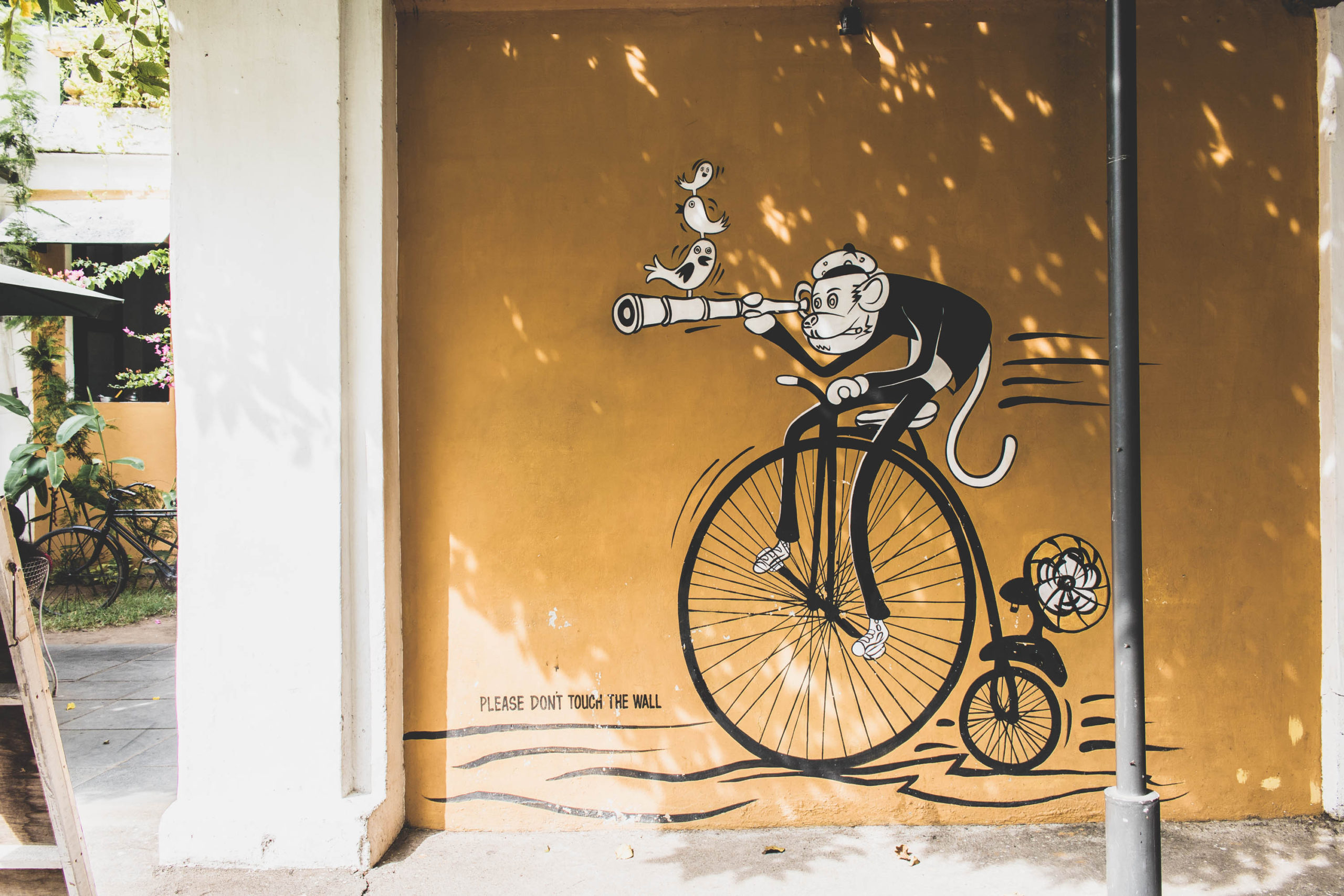
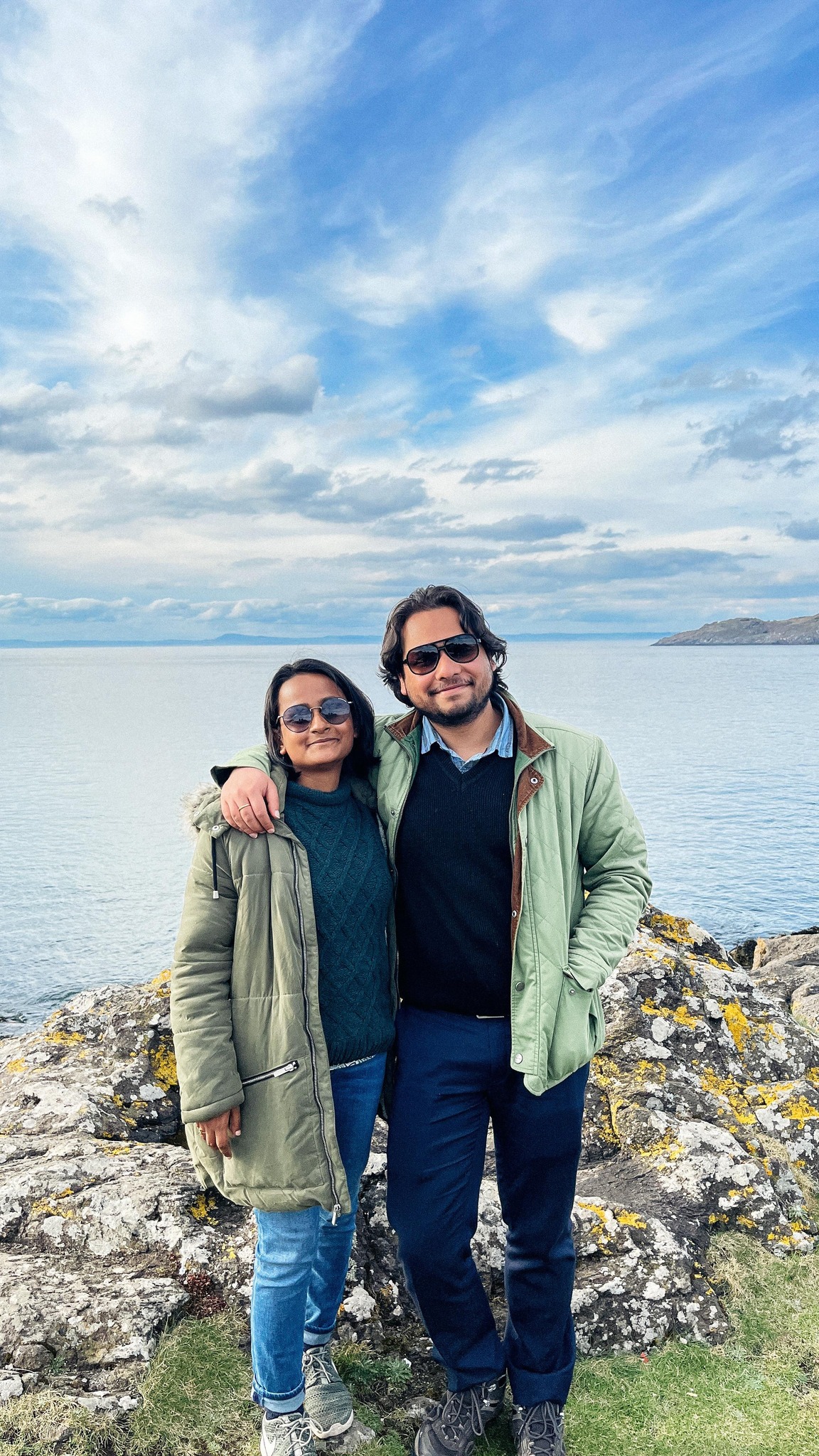
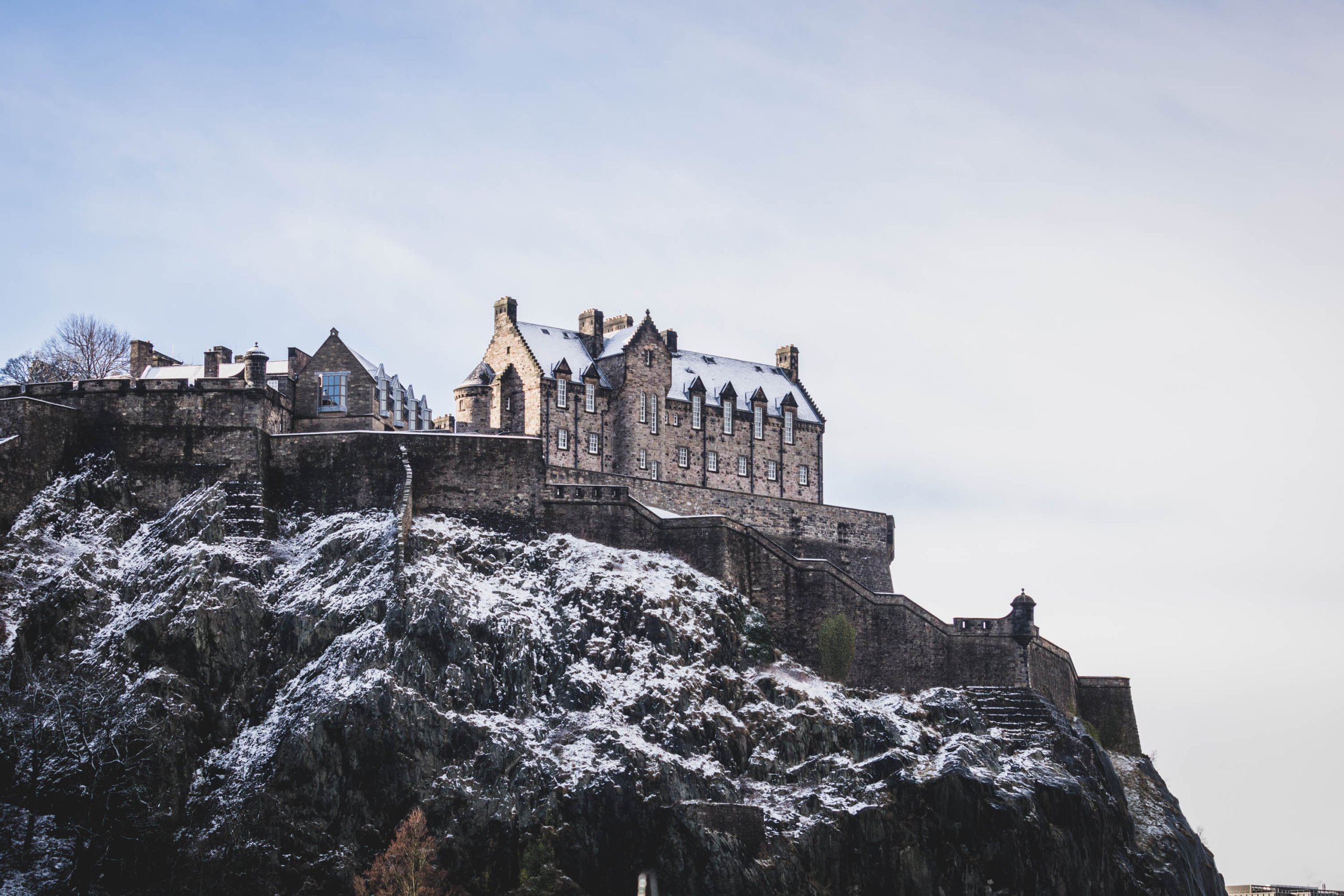
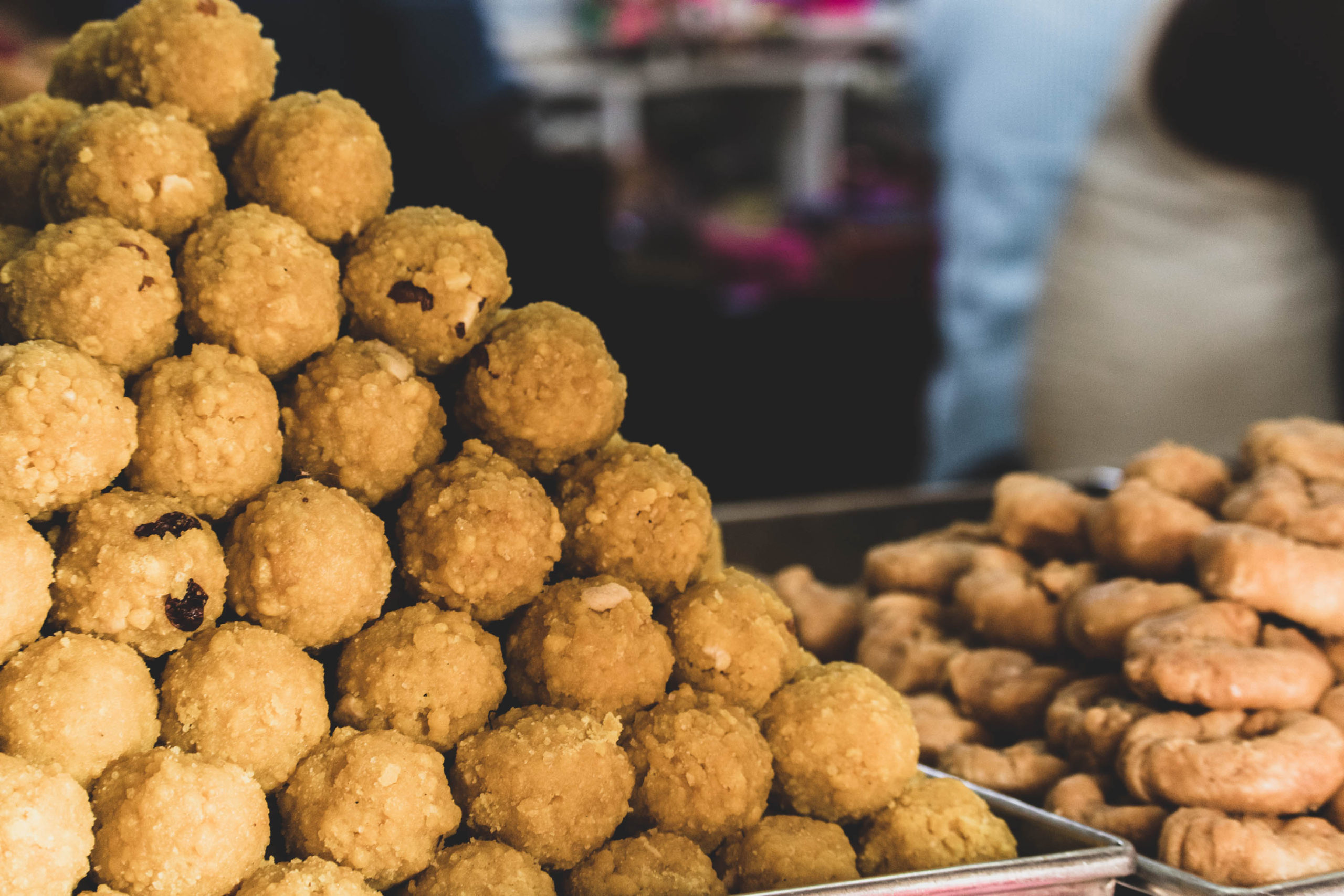
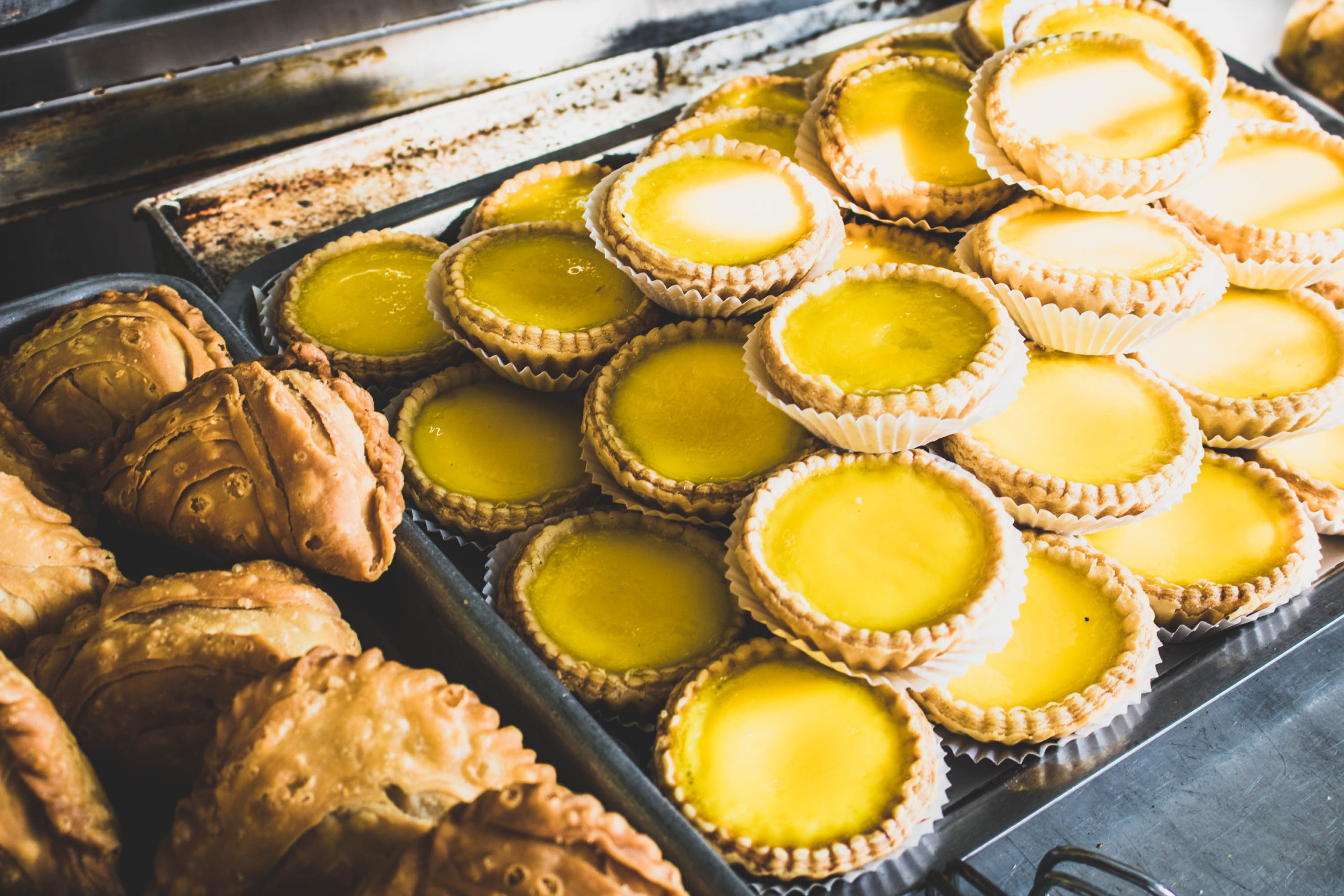
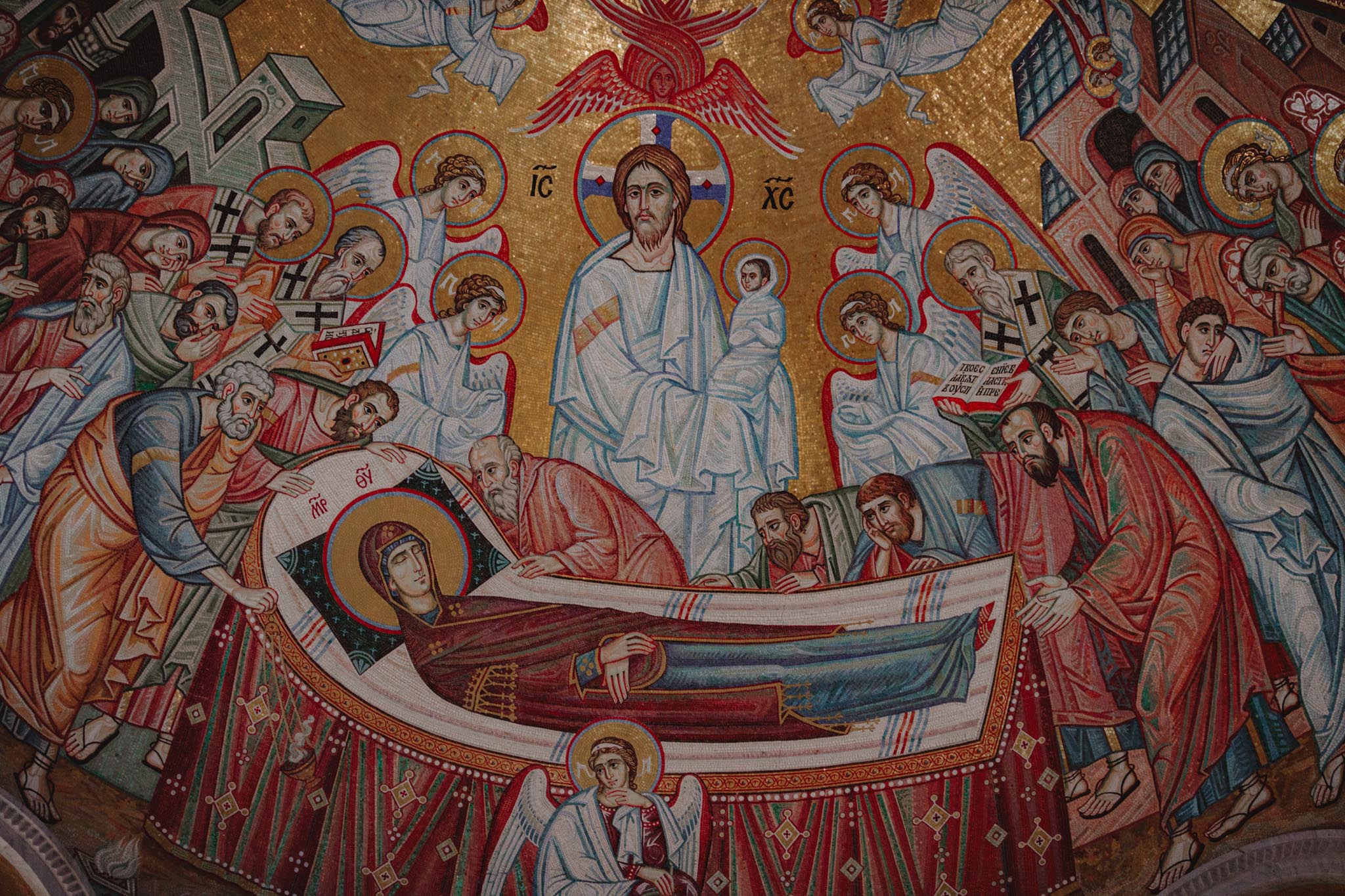
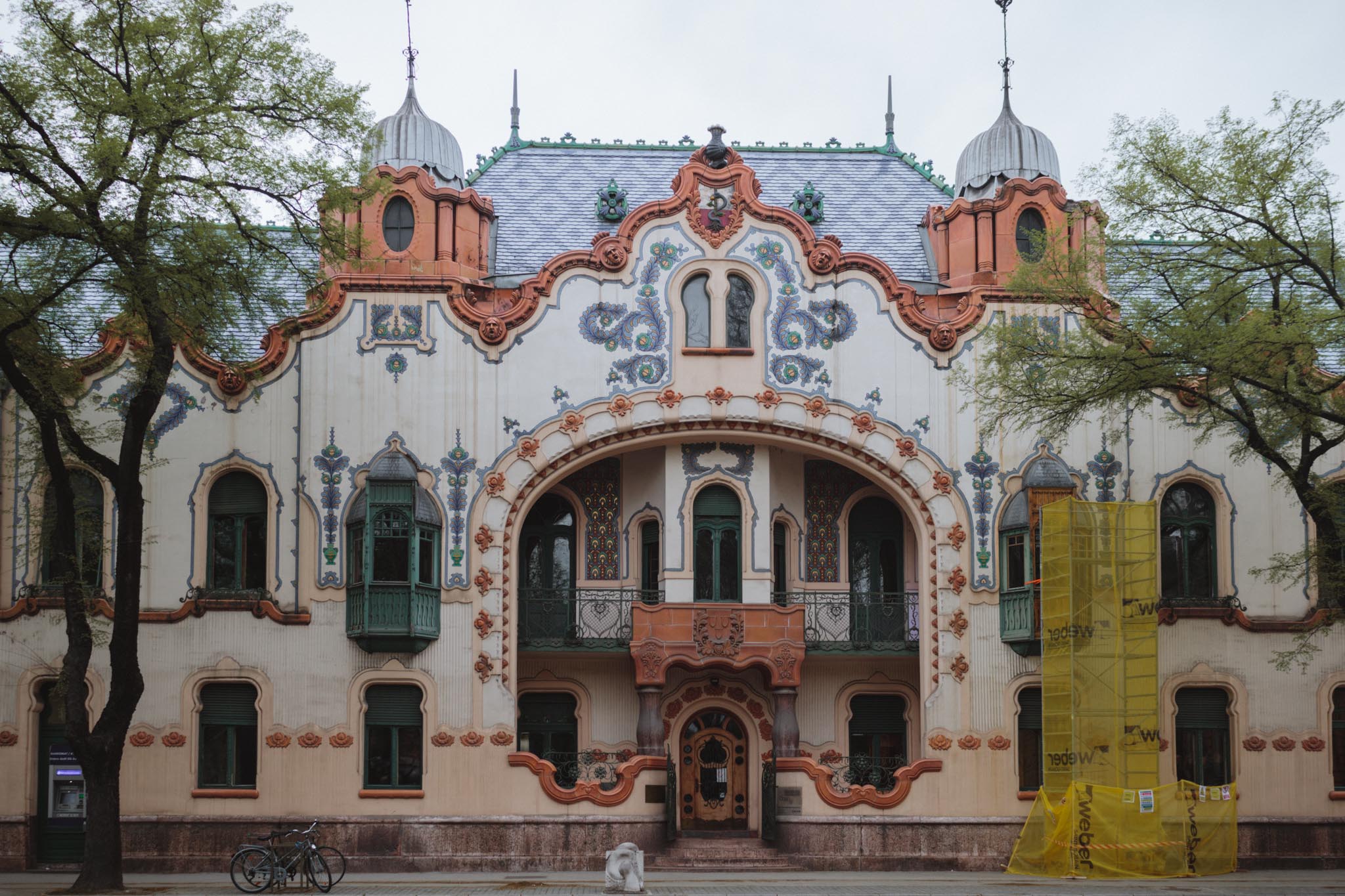

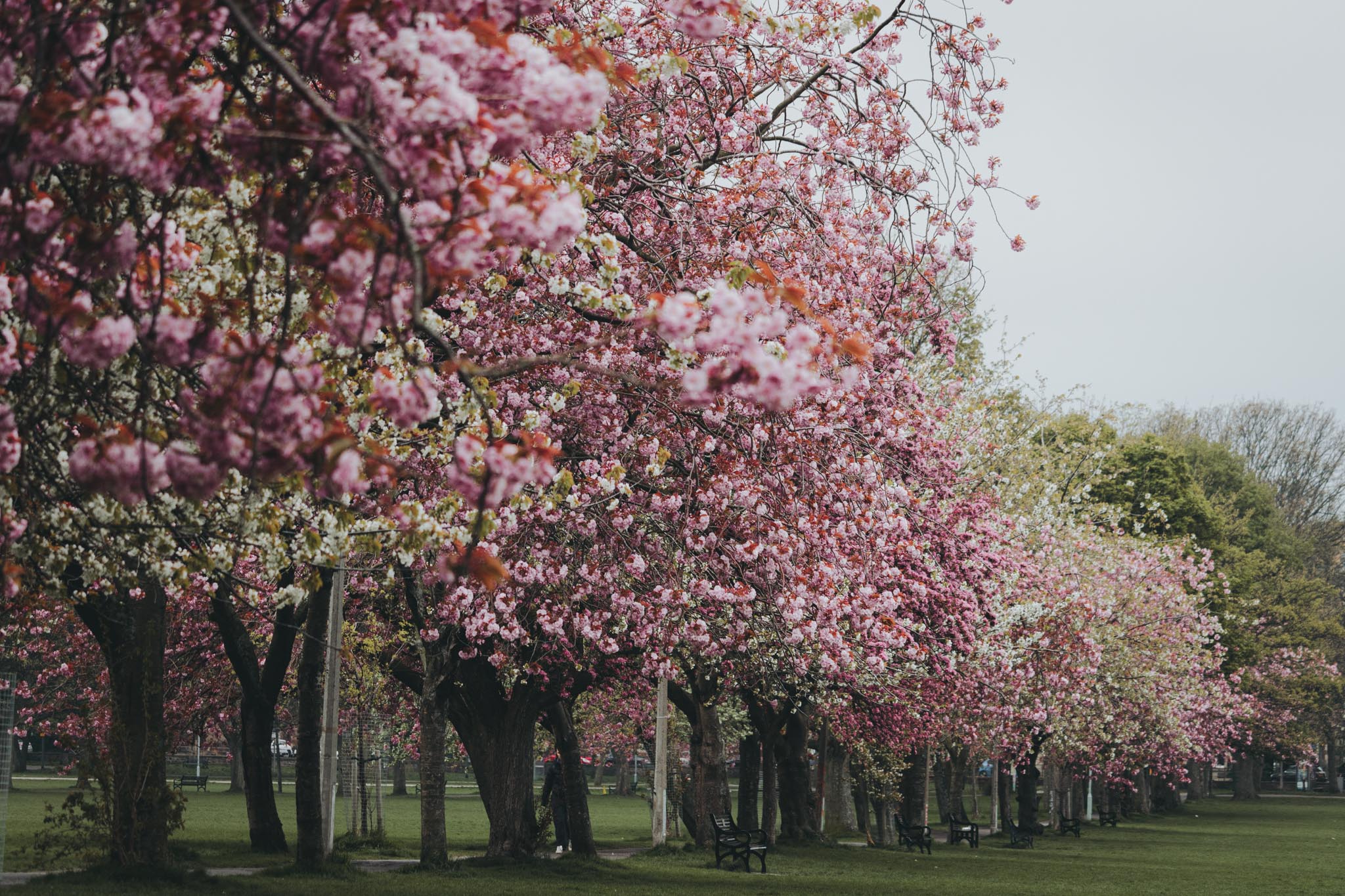
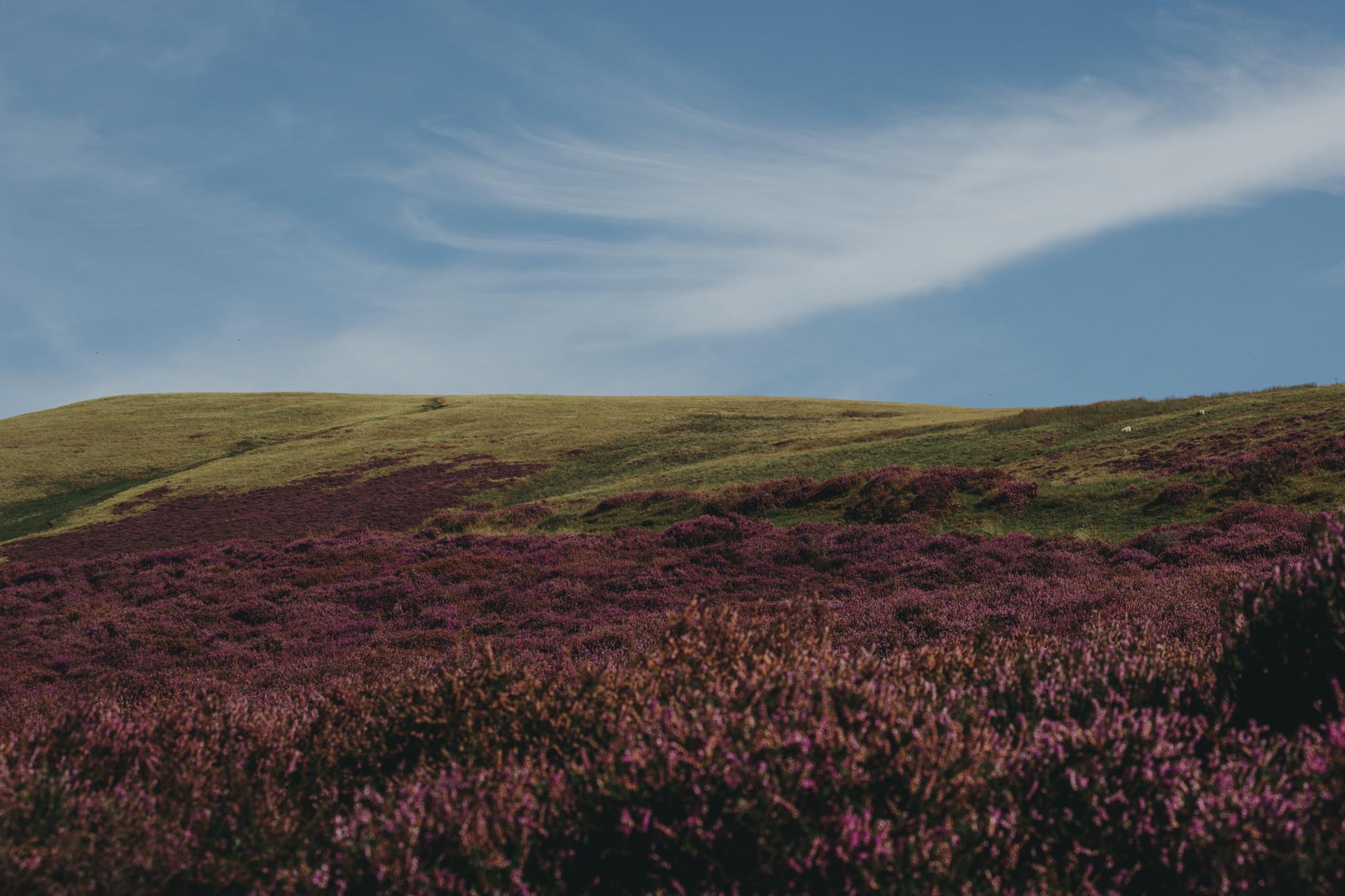
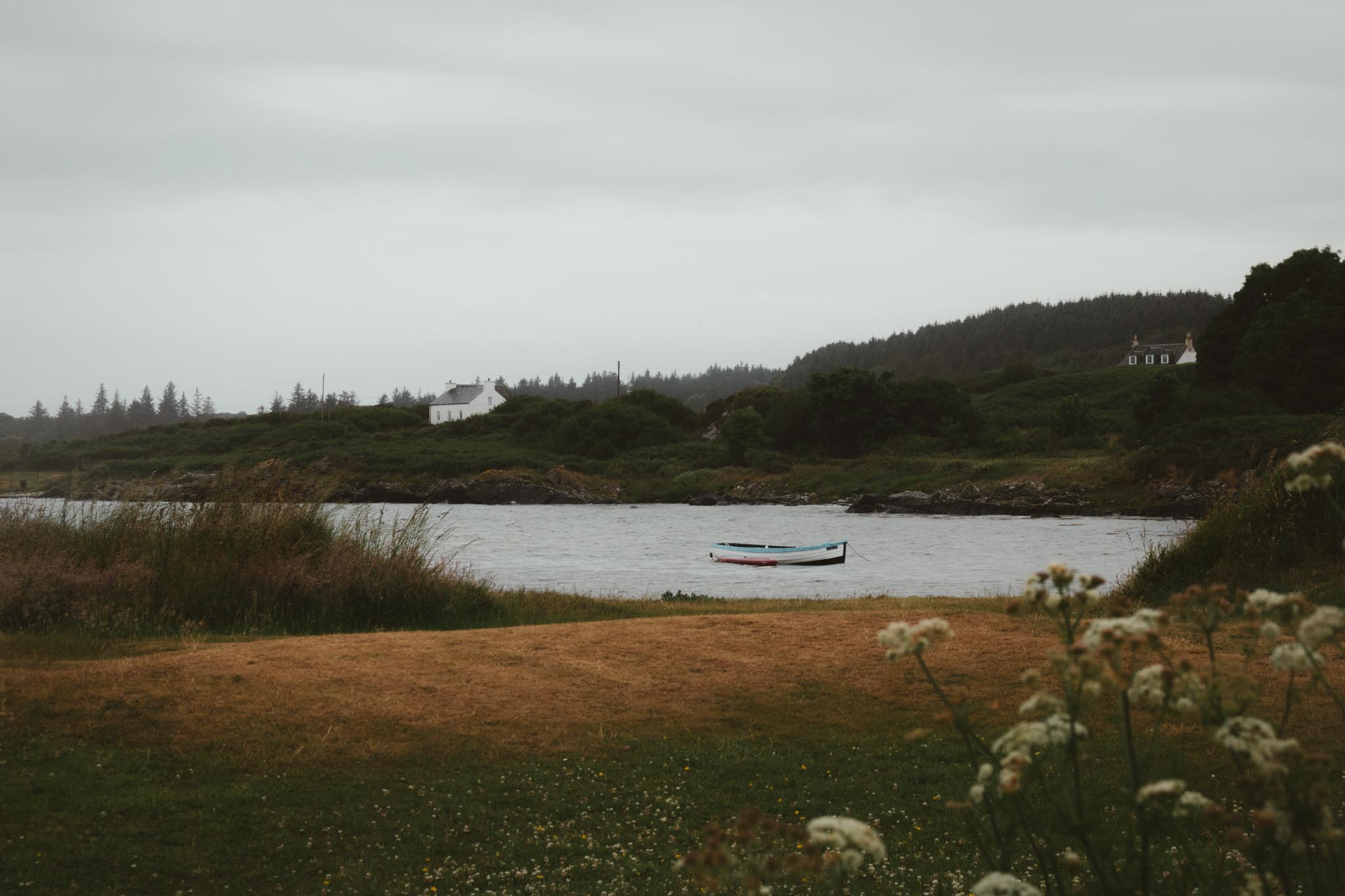
Leave a Reply